Effective uterine fibroids treatment in Pune at Pristyn Care
Uterine fibroids are a very common gynecological problem that many women face. Most women keep delaying the medical consultation when they face the symptoms related to uterine fibroids. This majorly happens due to the hectic lifestyle where women living is juggling between their personal and professional live round the clock. But here is a sigh of relief, women need not endure gynecological problems like uterine fibroids is now present with its team of the best gynecologists. You just have to call us and we will book your appointment according to your convenience. So you can visit the one nearest to your place.
Minimal pain hysterectomy surgery for uterine fibroids in Pune only at Pristyn Care
If you require to undergo surgical treatment for uterine fibroids, then laparoscopic hysterectomy is the best option for you. Our gynecologists are highly trained and experienced to perform a laparoscopic hysterectomies. So, get in touch with us now and receive the minimal pain surgery to get rid of uterine fibroids once and for all. Call us now and book your appointment with one of our gynecologists to get the best consultation and treatment experience. Ensuring your good health is our priority.
Can uterine fibroids rupture or burst?
In rare cases, uterine fibroids can rupture which may result in internal bleeding and abdominal pain. A few factors that may increase the chances of fibroids rupture, such as extensive pressure on blood vessels in the fibroids, increased blood pressure, abdominal pressure, a twisted fibroid, or abdominal trauma. The uterus can become bulky due to the occurrence of enlarged or multiple uterine fibroids. At times, when uterine fibroids are larger than usual, they add on the weight resulting in a deformed uterus causing heaviness.
Are uterine fibroids and cysts the same?
No. Uterine fibroids and cysts are two different conditions. Uterine fibroids generally develop from the muscle layer of the uterus, are non-cancerous tissue growths, asymptomatic in the early stage. Whereas, on the other hand, cysts usually develop in or on the ovaries and are usually benign, fluid-filled.
Do all uterine fibroids need treatment?
In some cases, uterine fibroids are too small to cause any significant symptoms and thus do not bother in day-to-day life. However, if you are experiencing any sign or symptoms like pain in pelvic region, heaviness, constant fatigue, or irregular periods you should look for medical advice to prevent the condition from getting severe.
Can uterine fibroids affect pregnancy?
Yes. Uterine fibroids can affect pregnancy. At times, if the uterine fibroids are severe, it can escalate the chances of miscarriage or premature childbirth. It is always a better option to consult a gynecologist at Pristyn Care in Bangalore for a thorough diagnosis along with the best-suited treatment for uterine fibroids.






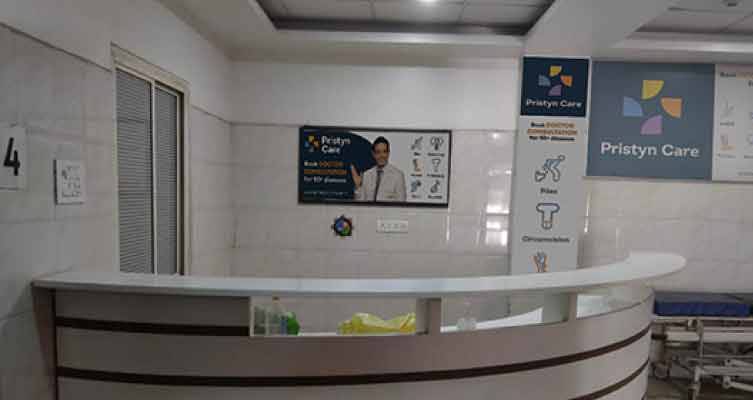
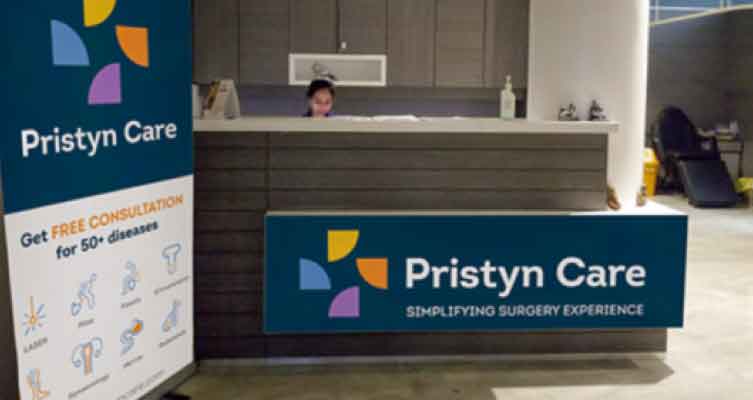
Pristyncare%20Clinic.webp)
Pristyncare%20Clinic.webp)
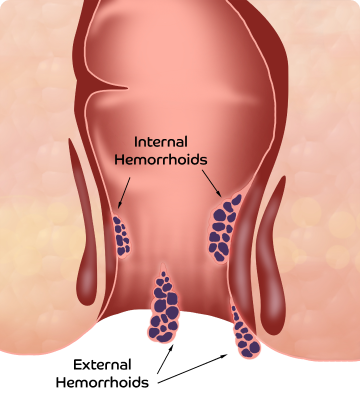
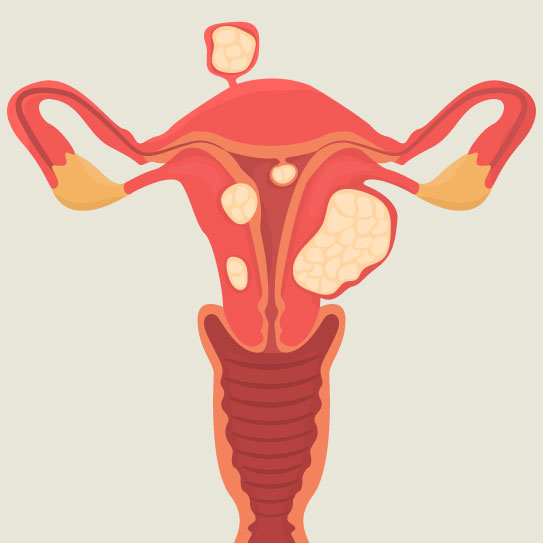
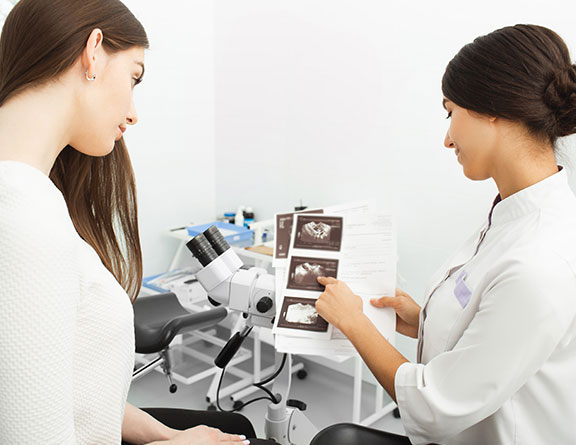
.svg)









